 Karthik Anantharaman – Bacteriology
Karthik Anantharaman – Bacteriology
Microbial metabolism has the potential to impact the evolutionary ecology of a system across various spatial and temporal scales ranging from the scope of a single cell, ecosystem, to the earth as a whole. Understanding how microbial communities function is critical to unraveling how they underpin human health, and predicting global ecosystem dynamics, especially in the context of environmental perturbations like anthropogenic global change. The broad goal of our research is to unravel how (i) fine-scale genomic diversity impacts microbial community structure and function across various environments, (ii) individual microbes function in a community context, and (iii) microbes impact biogeochemical cycling at various spatial and temporal scales.
 David Baum – Botany
David Baum – Botany
I take the view that life began as autocatalytic ensembles of chemicals adsorbed onto mineral surfaces. In the presence of a constant flux of food and energy, such systems could collectively propagate (grow) and, through an analog of group selection called neighborhood selection, evolve adaptively. This model suggests that cells arose late, possibly via selection for dispersal among discontinuous mineral surfaces, and allows that a nucleic acid-based genetic system might also have originated long after adaptive evolution kicked-in. More concretely, this hypothesis implies that we might be able to induce the formation of new life-like chemical ensembles in the laboratory and detect them via their capacity to evolve adaptively.
 Judith Burstyn – Chemistry
Judith Burstyn – Chemistry
In our laboratory, research efforts are directed towards understanding how gas sensing occurs at a metal center, and how changes in the coordination chemistry at the metal center are coupled to allosteric conformational changes in the protein. The interaction of gas molecules with a heme center induces changes in the coordination geometry, and these changes correlate with functional changes in the protein. Our current work aims to elucidate the mechanisms by which the coordination changes are communicated through the protein, resulting in global structural changes. To this end we study several bacterial gas-responsive transcription factors and newly discovered types of heme-containing gas sensors that regulate circadian rhythm in higher organisms.
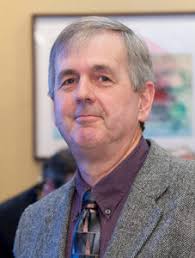 Michael Cox – Biochemistry
Michael Cox – Biochemistry
Many classes of DNA rearrangements occur in all cells and play important roles in gene regulation, development, carcinogenesis, and evolution. The goal of this laboratory is to understand how these genetic rearrangements come about, and how they are regulated. To this end, we study a range of bacterial enzymes involved in recombinational DNA repair, both in vivo and in vitro. Part of the effort involves screens to identify relevant enzymes with new and sometimes unanticipated functions. In addition to understanding the enzymes themselves, we are increasingly exploring the intersection of recombination with other processes in DNA metabolism, and seeking an understanding of the factors that limit recombination within a cell.
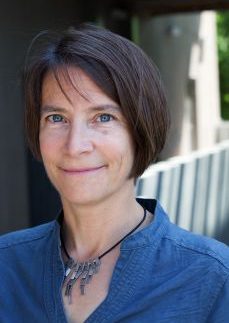 Katrina Forest – Bacteriology
Katrina Forest – Bacteriology
The study of life is the examination of interactions; cooperations of species within ecosystems, adaptation of living organisms to environment stimuli, and partnerships of atoms within the active sites of enzymes. Our lab studies biological interactions at the molecular level. We are particularly interested in the structures, functions, and mechanisms of bacterial proteins with consequences to prokaryotic physiology and symbiosis with eukaryotes. Using X-ray crystallography as our primary tool, we draw on our diverse backgrounds in microbiology, biophysics, biochemistry and chemistry to uniquely approach our two main areas of research: Type IV pili and bacteriophytochromes.
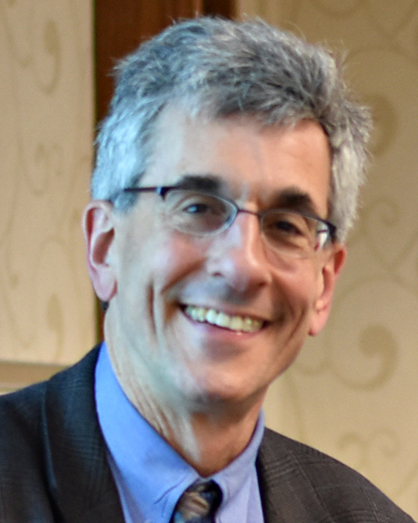 Samuel Gellman – Chemistry
Samuel Gellman – Chemistry
Microbial metabolism has the potential to impact the evolutionary ecology of a system across various spatial and temporal scales ranging from the scope of a single cell, ecosystem, to the earth as a whole. Understanding how microbial communities function is critical to unraveling how they underpin human health, and predicting global ecosystem dynamics, especially in the context of environmental perturbations like anthropogenic global change. The broad goal of our research is to unravel how (i) fine-scale genomic diversity impacts microbial community structure and function across various environments, (ii) individual microbes function in a community context, and (iii) microbes impact biogeochemical cycling at various spatial and temporal scales.
 Chris Hittinger – Genetics
Chris Hittinger – Genetics
The Hittinger Lab uses yeast carbon metabolism as a model for basic bioenergy, biomedical, and evolutionary research. Our research interests and integrated approaches are at the intersection of biodiversity; biochemistry; biotechnology; and functional, ecological, and evolutionary genomics. Ongoing projects are focused on understanding the origin and evolution of aerobic fermentation, yeast ecology and biodiversity, genetic variation in natural and industrial yeasts, genome engineering and synthetic biology, and the metabolism of alternative carbon sources (e.g. galactose, maltose, xylose) that may have bioenergy and brewing applications.
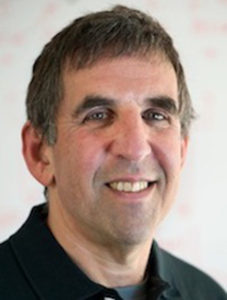 Michael Sussman – Biochemistry
Michael Sussman – Biochemistry
Plants respond to environmental changes such as drought by a complex network of signaling proteins whose levels of protein phosphorylation are modulated throughout the cell. Our lab is using a mass spectrometric-based quantitative phosphoproteomic pipeline to identify the key components of these signaling networks initiated by hormones and osmosensing receptor proteins at the plant plasma membrane. Arabidopsis thaliana is the model organism under study since it provides facile genetic tests for hypotheses derived from the chemical analyses to ensure that the measured changes play important roles in planta.
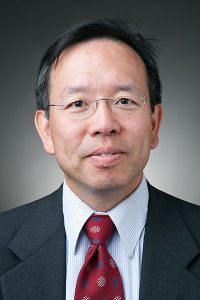 John Yin – Chemical & Biological Engineering
John Yin – Chemical & Biological Engineering
We are pursuing experimental and theoretical studies to better understand how the de novo synthesis of peptides from amino acids could give rise to novel peptide functions: recording environmental information, collective and cooperative replication, and adaption to new environments. These studies are providing basic insights into the prebiotic origins of information processing. Further, from an applied perspective, this work is suggesting new approaches to drug discovery by target-guided combinatorial chemistries.
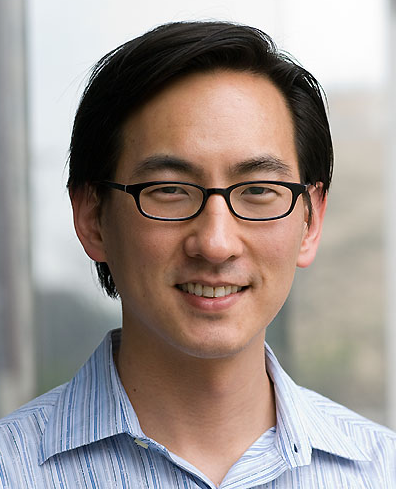 Tehshik Yoon – Chemistry
Tehshik Yoon – Chemistry
The Yoon Research Group is a collaborative team of researchers in synthetic organic chemistry. We specialize in organic photochemistry, radical chemistry, and stereoselective synthesis. We are particularly interested in the development of novel catalytic methodology as a strategy for increasing process efficiency, controlling reaction selectivity, and reducing the environmental impact of chemical synthesis.